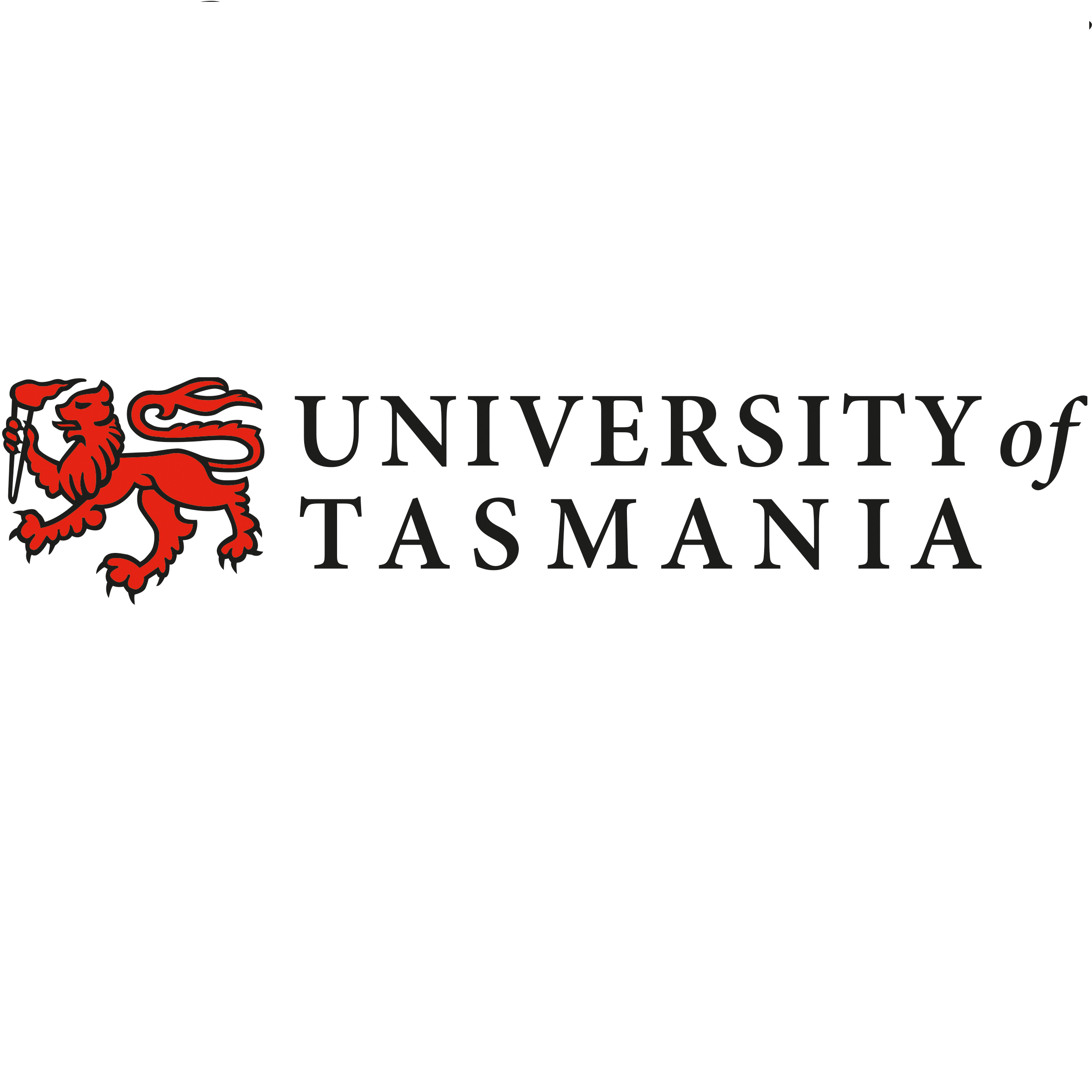Brief description
Seagrass meadows within the Broadwater were mapped using high-resolution 2005 orthorectified color aerial photography obtained from the Gold Coast City Council at a scale of 1:10,000 and pixel size 0.15 m. Using desktop GIS mapping (MapInfo Professional 8.0), polygons were drawn over all potential seagrass meadows at a scale of 1:5000. Spatial accuracy was estimated to be approximately ± 1 m on well-defined boundaries (e.g. dense seagrass meadows) and ± 2 m along poorly defined boundaries (e.g. sparse seagrass meadows).
Lineage
Maintenance and Update Frequency: notPlanned
Statement: Mapping description: Seagrass meadows within the Broadwater were mapped using high resolution 2005 orthorectified color aerial photography obtained from the Gold Coast City Council at a scale of 1:10,000 and pixel size 0.15 m. Using desktop GIS mapping (MapInfo Professional 8.0), polygons were drawn over all potential seagrass meadows at a scale of 1:5000. Spatial accuracy was estimated to be approximately ± 1 m on well-defined boundaries (e.g. dense seagrass meadows) and ± 2 m along poorly defined boundaries (e.g. sparse seagrass meadows).
Seagrass coverage estimation: Each of the areas of seagrass mapped in the Broadwater during this study was sampled in 2008/09 to verify the presence of seagrass communities. A total of 359 sampling points within seagrass polygons were randomly chosen from the digitised maps. At each sampling point a variety of categorical parameters were recorded to quantify seagrass communities present within a 1 m² quadrat. Seagrass cover was categorised as follows; 0% none, 1–25% sparse, 26–50% medium, 51–75% medium-dense, 76–100% dense. Individual species were classified as either being dominant, secondary or minor-based on seagrass coverage. Presence/absence of macroalgae / Lyngbya was also recorded at each plot.
Data fields: Below is a brief description of each data field in the Gold Coast seagrass shapefile.
Area Extent of each seagrass patch calculated in hectares (ha).
Density Categorical classification of seagrass cover in each patch – captured as either dense (D), medium-dense (MD), medium (M), or sparse (S).
Count The number of survey plots within any one mapped seagrass polygon.
Patch_ID Unique number for each seagrass patch mapped (n=166).
Perimeter Calculated perimeter of each mapped seagrass patch.
SG_Cover_ Average total seagrass cover estimate for each mapped seagrass patch expressed as a percentage value.
Zost_muel Cover of Zostera muelleri in the mapped seagrass patch survey plots, expressed as a percentage (see above).
Halo_oval Cover of Halophila ovalis in the mapped seagrass patch survey plots, expressed as a percentage (see above).
Halo_spin Cover of Halophila spinulosa in the mapped seagrass patch survey plots, expressed as a percentage (see above).
Halo_unin Cover of Halodule uninervis in the mapped seagrass patch survey plots, expressed as a percentage (see above).
Cymo_serr Cover of Cymodocea serrulata in the mapped seagrass patch survey plots, expressed as a percentage (see above).
Syri_isoe Cover of Syringodium isoetifolium in the mapped seagrass patch survey plots, expressed as a percentage (see above).
Macroalgae Binary presence / absence of any macroalgal species from within the survey plots of any mapped seagrass patch.
Lyngbya Binary presence / absence of the blue-green algae Lyngbya majuscule from within the survey plots of any mapped seagrass patch.
Depth Water depth (m) averaged across all plots surveyed within any mapped seagrass patch.
Spp_Rich Species richness of seagrass communities recorded during surveys of plots within any mapped seagrass patch.


